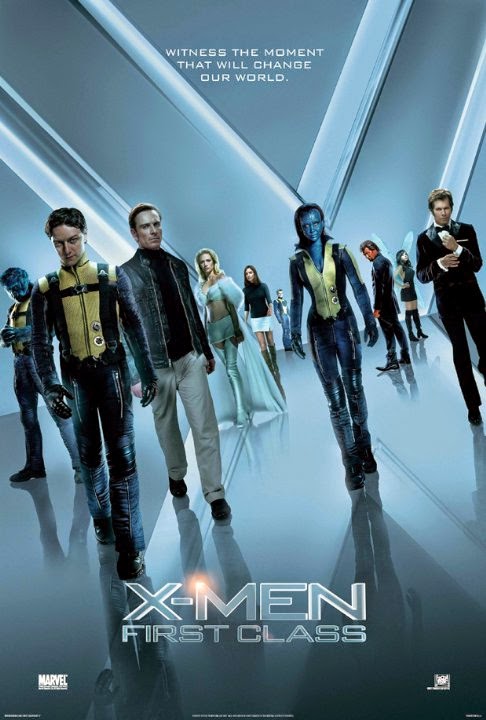Creating
comics is not an easy task. When you are the writer, creator and publisher
rolled into one, it’s that much more difficult.
Why you ask? Because after crafting your script or idea, you have to find an artist. You have to find one that is affordable, understands the pitfalls and tiny budgets of creator-owned books and is also reliable. You also have to find additional artists if you need an inker or colorist. They have to be flexible and unless they are published by a major company, they have to be available. They also can't expect a fortune. Even with all of that, you have to make sure the art fits your story.
And while you are paying the artist(s), you are likely making nothing. Zero.
It's a tough road, an expensive hobby. But if you are like me, there are just stories you want to tell.
And to think, my skill set includes pre-press, graphic design and lettering. But it's all self-costs I eat.
Patriot-1
is a character that has existed in some form or another for as long as I can
remember. His name has changed, his look has changed and even the universe in
which he exists has changed.
But
he took on his current form in 2007. I’ve spent years researching and following
the U.S. Military and World History and I’ve always had a fascination with
Special Forces. With Patriot-1, I wanted to create something authentic and
realistic without forgetting that it was a comic book. I'll be the first to admit I didn't have the stones to serve, but I'll be damned if I haven't learned anything I can.
I've always been enamored with the real-life superheroes of special operations forces. I think of myself as a bit of an amateur historian on the subject. After all, I own and have read just about every book and watched every documentary there is on Operation Neptune Spear (and that's just one of many).
I've always been enamored with the real-life superheroes of special operations forces. I think of myself as a bit of an amateur historian on the subject. After all, I own and have read just about every book and watched every documentary there is on Operation Neptune Spear (and that's just one of many).
I
graduated from Ithaca College with a degree in film with a screenwriting
concentration. I love movies and comics, but over the past 7 years, I
sacrificed a lot of time to craft this story into its current form because it
is the story I’ve wanted to tell.
In
that time, there have been a few insanely talented people that have come and
gone. Whether it was delays, long development times or they just got better
paying gigs; I eventually found the perfect team in Dexter Wee and Donna
Gregory.
Originally
intended to be a five issue series, I eventually let the story take the helm
and it naturally found its way to a 176 page graphic novel. If there’s one
thing I’ve learned in the past five years that I have created comics, it’s that
having the entire story available for readers is insanely important.
For
examples, Mack Turner: Slayer of the Dead and Steel Creek are two projects that
have been halted for a couple of years because the artists got better paying
gigs and I shifted focus a bit. There’s nothing wrong with that, but it’s that
much harder to gain an audience when they are waiting for the next
installments.
Thus
it was very important to me that Patriot-1 be a complete story. After an
earlier version was rejected by a publisher, I rewrote the entire thing and it
became something else entirely. The core concepts were still the same, but it
is undoubtedly the best thing I have ever written. It’s exciting, the characters are deep and
the action is non-stop.
Putting
the book (finally) into production was a must. I wanted a completed project and
now that I have it, the debate over how to release it took off.
Submit
it to more publishers? Take out a loan? Print on-demand? Digital only? Release
as a webcomic?
The
possibilities seemed endless, the questions mounted.
But
so-called “traditional” routes of publishing are becoming a thing of the past.
In 2007, I was trying to figure out ways for Patriot-1 (Or U.S.Avenger as he
was then) to be incorporated into a publisher’s plan or universe.
In
2007, Kickstarter wasn’t a thing. By the end of 2013, crowd-funding
(Kickstarter and Indiegogo) made up 2 percent of the comics market. Considering
Marvel consistently owns 40 percent of it… that 2 percent is massive.
I’ve
contributed to a number of Kickstarters. As long as they are successful and the
people behind them are passionate, Kickstarter is perhaps the single greatest
outlet for creator-owned and small press comics.
Why?
Because you can directly connect with your readers. You can offer cool
incentives that a backer would otherwise be unable to obtain.
With
all of this in mind, and after years of watching the growth of comics on
Kickstarter, it only makes sense that it becomes the outlet for Patriot-1.
But
here’s the beautiful part of it. Patriot-1 is complete. There are many projects
that hinge on Kickstarter success before they even start production – but
Patriot-1 is complete. I am not turning to Kickstarter to fund the project; I’m
turning to Kickstarter to fund the print run.
Ideally,
I’d like to offer a 200-page hardcover graphic novel. Complete with an
alternate cover gallery and concept art, I’m looking to raise enough money to
provide the book for backers and self-distribute to other outlets such as
Amazon.
There
will be incentives like prints, commissions, a custom cover and maybe even a
collectible… but the book will be available at a (roughly) $25 level. That’s a
200-page, full color book for $25 (plus shipping).
Bargain.






